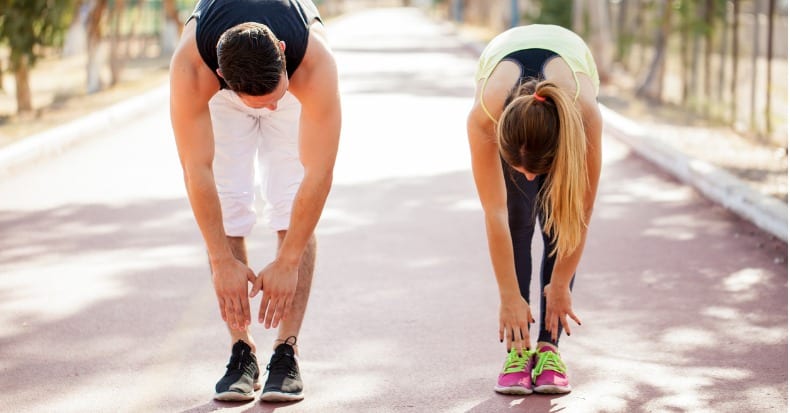While it’s not possible to totally prevent low back pain (LBP), individuals who regularly exercise appear to have a reduced risk for LBP. Additionally, fit adults who develop back pain may experience it less often, at a reduced intensity, and for a shorter duration than those who lead a more sedentary lifestyle.
Which type of exercise is the best? A general rule is to keep trying different activities, starting with those MOST appealing to you. After all, you should enjoy exercise, so start with your favorites: walking (one of the best), walk/run combinations, running/jogging, bicycling, swimming/water aerobics, yoga, Pilates, core strengthening, balance exercises, tennis, basketball, golfing, etc.
Specific exercises for the low back can be individualized by determining your “position preference”, or the position that feels best to your low back. For example, bend forward as if to touch your toes. How does that feel? Do you feel a good stretch or pain? Does it shoot pain down your leg? If it feels good, then that might be your preferred position and the one to emphasize with exercise. Examples of exercises that fit this scenario include (but are not limited to): posterior pelvic tilts (flatten your low back by rocking your pelvis forward); single and double knee to chest; and bending forward from a chair (as if to touch the floor).
If bending backward feels good (better than flexion and especially if the presence of leg pain lessens or disappears), then “extension-biased” exercises fit that scenario. Examples include standing back extensions (place your hands behind the low back and bend backward); prone “press-ups” (lift the chest off the floor while keeping the pelvis down); and laying back-first over a Bosu- or Gym-ball.
Pelvic dysfunction and core weakness can also increase the risk for LBP. Try these exercises: abdominal crunches (bend one knee, place your hands behind your low back, and raise the breast bone toward the ceiling only a few inches and hold); front and side planks (start from the knees if necessary); supine bridges (supine, knees bent, lift the buttocks off the floor); “bird-dog” (kneel on all fours and raise the opposite leg and arm, keep good form, and alternate); and the “dead-bug” (on your back, bend the hips and knees at 90 degrees with your arms reaching toward the ceiling; slowly lower your right arm and left leg and return them to their starting position; repeat with the other arm/leg).
When lifting, bend the knees and hips but NOT your low back; keep weights close to you and lift with your legs. Don’t attempt lifts that you know are too heavy.
If you have a history of low back pain, research shows that receiving maintenance chiropractic care can help reduce the number of days in which low back pain may hinder your activities.


